Home>Garden Essentials>How To Plant Parsley Seeds
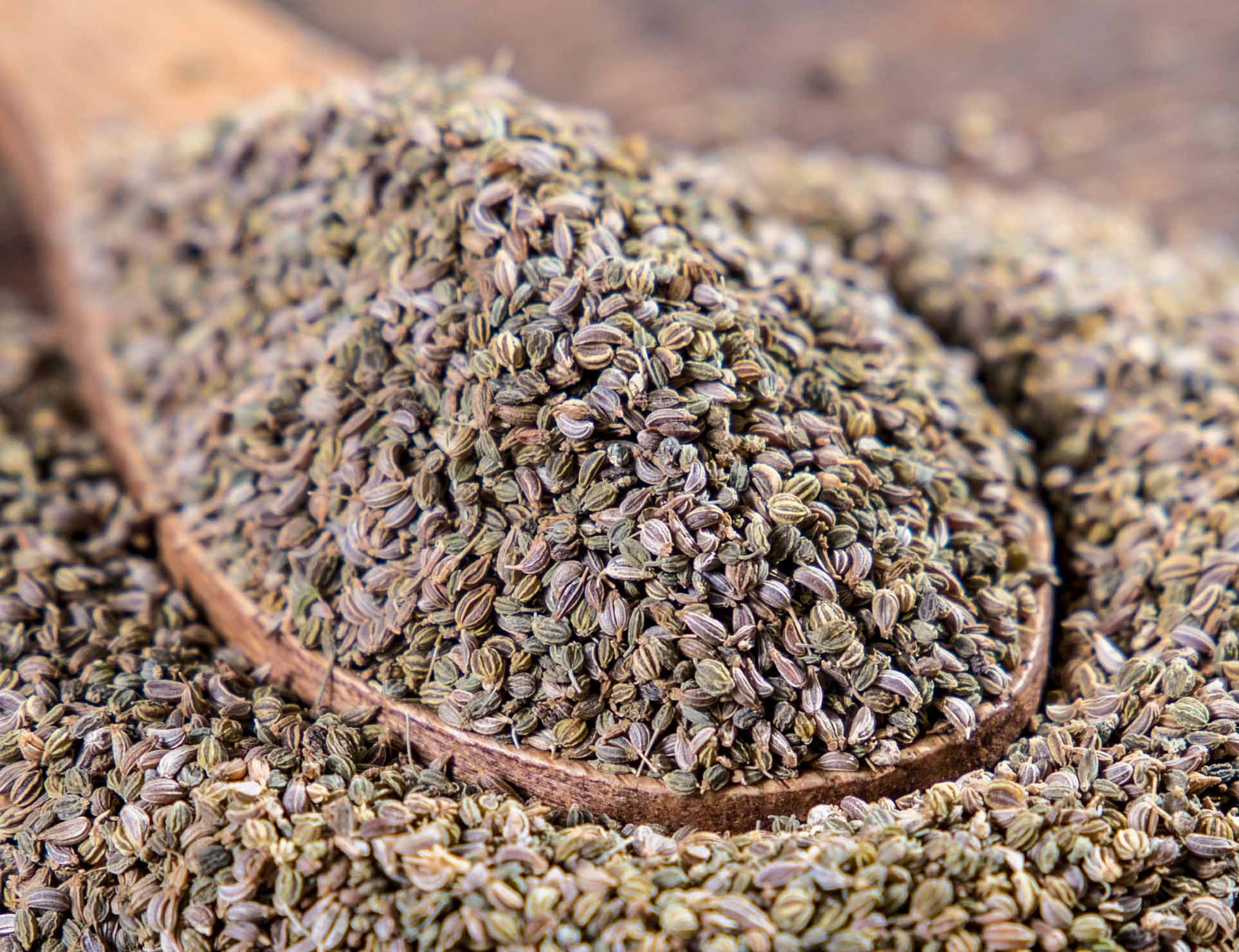

Garden Essentials
How To Plant Parsley Seeds
Modified: March 15, 2024
Learn how to plant parsley seeds in your garden and enjoy fresh, flavorful herbs all season long. Step-by-step instructions for successful cultivation.
(Many of the links in this article redirect to a specific reviewed product. Your purchase of these products through affiliate links helps to generate commission for Storables.com, at no extra cost. Learn more)
Introduction
Growing your own herbs can be a rewarding and fulfilling experience. Not only does it give you the opportunity to add fresh flavors to your culinary creations, but it also allows you to connect with nature and nurture your gardening skills. One versatile herb that every home gardener should consider growing is parsley. Known for its vibrant green leaves and distinct flavor, parsley adds a refreshing touch to countless dishes.
Whether you’re a seasoned gardener or just starting out, planting parsley seeds is a simple and enjoyable process. In this guide, we’ll walk you through the steps of planting parsley seeds and provide you with essential tips to ensure successful growth and a bountiful harvest.
Before we dive into the nitty-gritty of planting parsley seeds, let’s explore the different varieties of parsley that you can choose from. The two main types of parsley that home gardeners commonly grow are curly parsley and flat-leaf parsley.
Curly parsley, also known as common parsley, has tightly curled leaves and offers a milder taste compared to its flat-leaf counterpart. It is often used as a garnish or to add a touch of freshness to salads and soups. On the other hand, flat-leaf parsley, also known as Italian parsley or continental parsley, has broader, flat leaves with a stronger flavor. It is a popular choice for cooking and is commonly used in Mediterranean and Middle Eastern cuisines.
Now that you have a good understanding of parsley and its different varieties, let’s get started with the first step: choosing the right seeds.
Key Takeaways:
- Choose fresh, high-quality parsley seeds based on your flavor preference and culinary needs. Consider open-pollinated or hybrid seeds, and ensure they are suitable for your planting zone to ensure successful growth.
- Prepare well-draining, nutrient-rich soil for parsley seeds, and sow them carefully. Provide consistent moisture, proper care, and optional transplanting for robust parsley plants. Harvest and use the flavorful herb in various culinary creations.
Read more: How Long For Parsley Seeds To Sprout
Step 1: Choosing the Right Seeds
When it comes to choosing parsley seeds, there are a few factors to consider. First, determine whether you want to grow curly parsley or flat-leaf parsley based on your flavor preferences and culinary needs. Both types are readily available as seeds, so you can choose whichever variety suits your taste.
Next, opt for fresh, high-quality parsley seeds. Look for reputable seed suppliers or nurseries that offer a wide selection of herb seeds. Check the seed packets for the sow-by date to ensure you’re getting fresh seeds, as older seeds may have a lower germination rate.
Another aspect to consider is whether you want to grow parsley from open-pollinated or hybrid seeds. Open-pollinated seeds are derived from natural cross-pollination and produce plants that closely resemble the parent plant. These seeds are a good choice if you wish to save seeds from one year to the next. On the other hand, hybrid seeds are the result of intentional cross-breeding and often offer improved characteristics such as disease resistance or higher yields. However, keep in mind that hybrid seeds cannot be saved for future plantings.
Lastly, consider the planting zone you’re in. Parsley is a cool-season herb, and different varieties have varying degrees of cold tolerance. Be sure to select varieties that are suitable for your specific planting zone to ensure optimal growth and survival.
Now that you’ve chosen the right parsley seeds, it’s time to prepare the soil for planting. This leads us to the next step: preparing the soil.
Step 2: Preparing the Soil
Preparing the soil is a crucial step in growing healthy and robust parsley plants. Parsley thrives in well-draining soil that is rich in organic matter. Follow these steps to prepare the soil:
- Choose a location: Select a sunny spot in your garden that receives at least six hours of direct sunlight each day. Parsley can tolerate partial shade, but full sun is ideal for optimal growth.
- Clear the area: Remove any weeds or vegetation from the chosen area. Weeds compete with parsley for nutrients and can hinder its growth.
- Loosen the soil: Use a garden fork or a tiller to loosen the soil to a depth of about 8 to 10 inches. This helps improve drainage and allows the parsley roots to penetrate easily.
- Amend the soil: Parsley thrives in soil that is rich in organic matter. Add well-rotted compost or aged manure to the soil and mix it in thoroughly. This enriches the soil, provides essential nutrients, and improves moisture retention.
- Level the soil: Rake the soil to create a smooth and even surface. This will make it easier to sow the seeds and ensure uniform growth.
By preparing the soil properly, you create a favorable environment for parsley seedlings to establish and grow. Now that the soil is ready, it’s time to move on to the next step: sowing the seeds.
Step 3: Sowing the Seeds
Now that your soil is prepared, it’s time to sow the parsley seeds. Follow these steps for successful seed sowing:
- Select the planting method: There are two common methods for sowing parsley seeds – direct seeding and starting seeds indoors. Direct seeding involves sowing the seeds directly into the garden bed, while starting seeds indoors allows you to control the growing conditions before transplanting the seedlings.
- If you choose to start seeds indoors, fill small biodegradable pots or seed trays with a well-draining seed-starting mix.
- If you prefer direct seeding, create furrows in the prepared soil using the corner of a rake or your finger. The furrows should be about ¼ inch deep and spaced 12 to 18 inches apart.
- Place the parsley seeds in the furrows, spacing them about 2 inches apart. Sprinkle a thin layer of soil or vermiculite over the seeds to lightly cover them.
- Gently water the sown seeds using a watering can or a gentle spray from a hose. Be careful not to wash away the seeds.
- Label the planting area or pots with the variety and sowing date for easy identification.
- Keep the soil consistently moist but not waterlogged. Watering from the bottom is preferred to avoid disturbing the seeds or seedlings.
- Parsley seeds typically germinate within 2 to 4 weeks. Be patient and provide the seeds with proper care and favorable growing conditions.
Once the seeds have sprouted and the seedlings have developed their first set of true leaves, it’s time to move on to the next step: watering and caring for the seeds.
Plant parsley seeds in well-draining soil, about 1/4 inch deep. Keep the soil consistently moist and place the pot in a sunny spot. Once the seeds sprout, thin them to 6-8 inches apart.
Step 4: Watering and Caring for the Seeds
Proper watering and care are essential for the healthy growth of parsley seeds. Follow these steps to ensure your parsley seeds receive the attention they need:
- Watering: Parsley seedlings prefer consistently moist soil, so water them regularly. Water the plants deeply, allowing the water to penetrate the soil to a depth of at least 1 inch. Avoid overwatering, as parsley does not tolerate soggy or waterlogged soil.
- Thinning: If you have sown the seeds densely, thin out the seedlings when they have a few sets of true leaves. This ensures that each plant has enough space to grow and access to adequate nutrients and sunlight. Space the parsley seedlings about 6 to 8 inches apart.
- Weeding: Keep the planting area free from weeds, as they compete with parsley for nutrients and can hinder its growth. Regularly inspect the area and remove any unwanted vegetation by carefully pulling them out, taking care not to disturb the parsley seedlings.
- Fertilizing: Parsley benefits from a balanced fertilizer application. Once the seedlings have established and are about 4 to 6 inches tall, apply a slow-release organic fertilizer according to the package instructions. This provides the plants with the necessary nutrients to thrive throughout the growing season.
- Pest and disease control: Monitor the parsley plants for signs of pests or diseases. Common pests that may affect parsley include aphids, caterpillars, and slugs. If you notice any signs of pest infestation, take appropriate measures to control them, such as using natural pest control methods or organic insecticides. Additionally, provide good air circulation and avoid overhead watering to minimize the risk of fungal diseases like powdery mildew.
By providing proper watering, thinning, weeding, fertilizing, and pest and disease control, you can ensure the healthy growth and development of your parsley seeds. Once the plants have grown to a desirable size, you may consider transplanting them into larger pots or directly into your garden. This will be covered in the next step: transplanting the seedlings (optional).
Read more: When To Harvest Parsley Seeds
Step 5: Transplanting the Seedlings (Optional)
If you started your parsley seeds indoors or if the seedlings have outgrown their current containers, you may choose to transplant them into larger pots or directly into your garden. Here’s how to successfully transplant parsley seedlings:
- Choose the right time: Wait until the seedlings have developed a strong root system and are at least 3 to 4 inches tall before transplanting. Transplanting too early can shock the seedlings.
- Select a suitable location: Choose a well-draining area in your garden that receives full sun or partial shade, depending on your regional climate and the parsley variety you are growing. Ensure there is enough space between the plants for them to grow and spread.
- Prepare the new planting area or containers: If transplanting into the garden, loosen the soil and amend it with compost or well-rotted manure to improve its fertility and drainage. If transplanting into larger pots, make sure they have drainage holes and fill them with a high-quality potting mix.
- Carefully remove the seedlings: Gently loosen the soil around the parsley seedlings, being careful not to damage the delicate roots. Use a small trowel or your fingertips to carefully lift each seedling, ensuring that you keep as much of the root system intact as possible.
- Plant the seedlings: Dig a hole in the new planting area or larger pot that is slightly larger than the root system of the seedling. Place the seedling in the hole, making sure it is at the same soil level as it was previously. Gently backfill the hole with soil and lightly press around the base of the seedling to secure it in place.
- Water thoroughly: After transplanting, water the seedlings deeply to settle the soil around the roots and provide them with hydration. Continue to keep the soil consistently moist to aid in the establishment of the transplant.
- Monitor the seedlings: Keep a close eye on the transplanted seedlings and provide them with regular care, including watering, weeding, and fertilizing as needed. Protect them from extreme weather conditions, such as strong winds or heavy rainfall.
Transplanting parsley seedlings is optional, but it allows the plants to have more space to grow and develop. With proper care and attention, these transplanted seedlings will flourish into robust parsley plants ready for harvest.
Finally, we reach the last step in our journey of planting parsley seeds: harvesting and using parsley. Let’s explore this final step together.
Step 6: Harvesting and Using Parsley
Harvesting parsley is a gratifying experience, as you get to enjoy the fruits of your labor and add a burst of flavor to your dishes. Follow these steps to successfully harvest and use your parsley:
- Picking the right time: Parsley can be harvested once the plants have reached a height of about 6 to 8 inches and have developed several stems and leaves. Avoid harvesting more than one-third of the plant at a time to allow for continuous growth.
- Pruning method: Choose whether you want to prune individual leaves or cut bunches of stems. Both methods are effective, so select the one that suits your preference and intended use.
- Harvesting leaves: For individual leaf pruning, use sharp scissors or garden shears to snip off the outer leaves near the base of the plant. Leave the inner leaves intact to continue growing. For stem bunch harvesting, cut the entire bunch of stems at the base of the plant.
- Storage: Freshly harvested parsley can be used immediately, but if you have more than you need, you can store it for future use. Rinse the harvested leaves or stems under cool water and pat them dry with a paper towel. Store them in a plastic bag or an airtight container in the refrigerator. Fresh parsley can last for up to two weeks when stored properly.
- Using parsley: Parsley is an incredibly versatile herb that can enhance the flavor and appearance of various dishes. It is commonly used as a garnish, added to soups, salads, sauces, and dressings, or used as a key ingredient in dishes like tabbouleh and pesto. Experiment with different recipes and let your culinary creativity shine.
Remember to regularly harvest parsley once it has reached the desired size to encourage continuous growth and prevent the plant from flowering and going to seed, as the quality of the leaves may decline.
Congratulations! You have successfully gone through the steps of planting parsley seeds, from choosing the right seeds to harvesting and using the flavorful herb. Enjoy the abundance of fresh parsley in your garden and delight in the vibrant flavors it adds to your culinary creations.
Happy gardening and happy cooking!
Frequently Asked Questions about How To Plant Parsley Seeds
Was this page helpful?
At Storables.com, we guarantee accurate and reliable information. Our content, validated by Expert Board Contributors, is crafted following stringent Editorial Policies. We're committed to providing you with well-researched, expert-backed insights for all your informational needs.
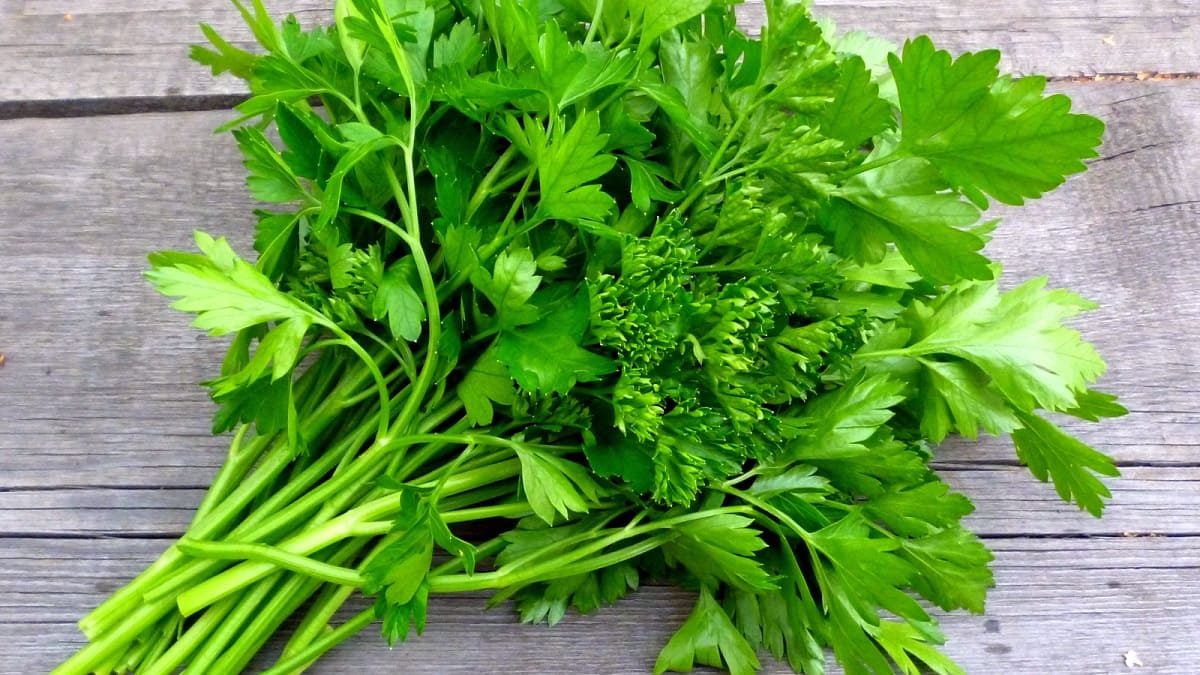
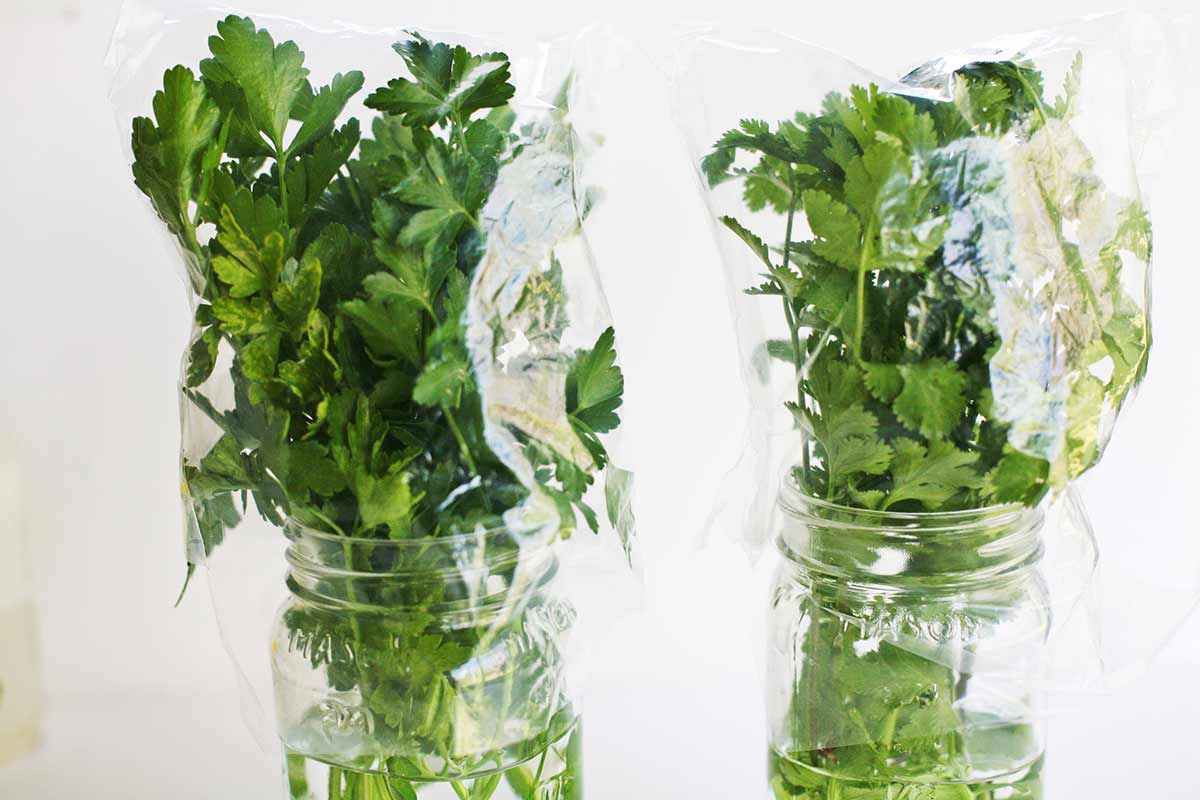


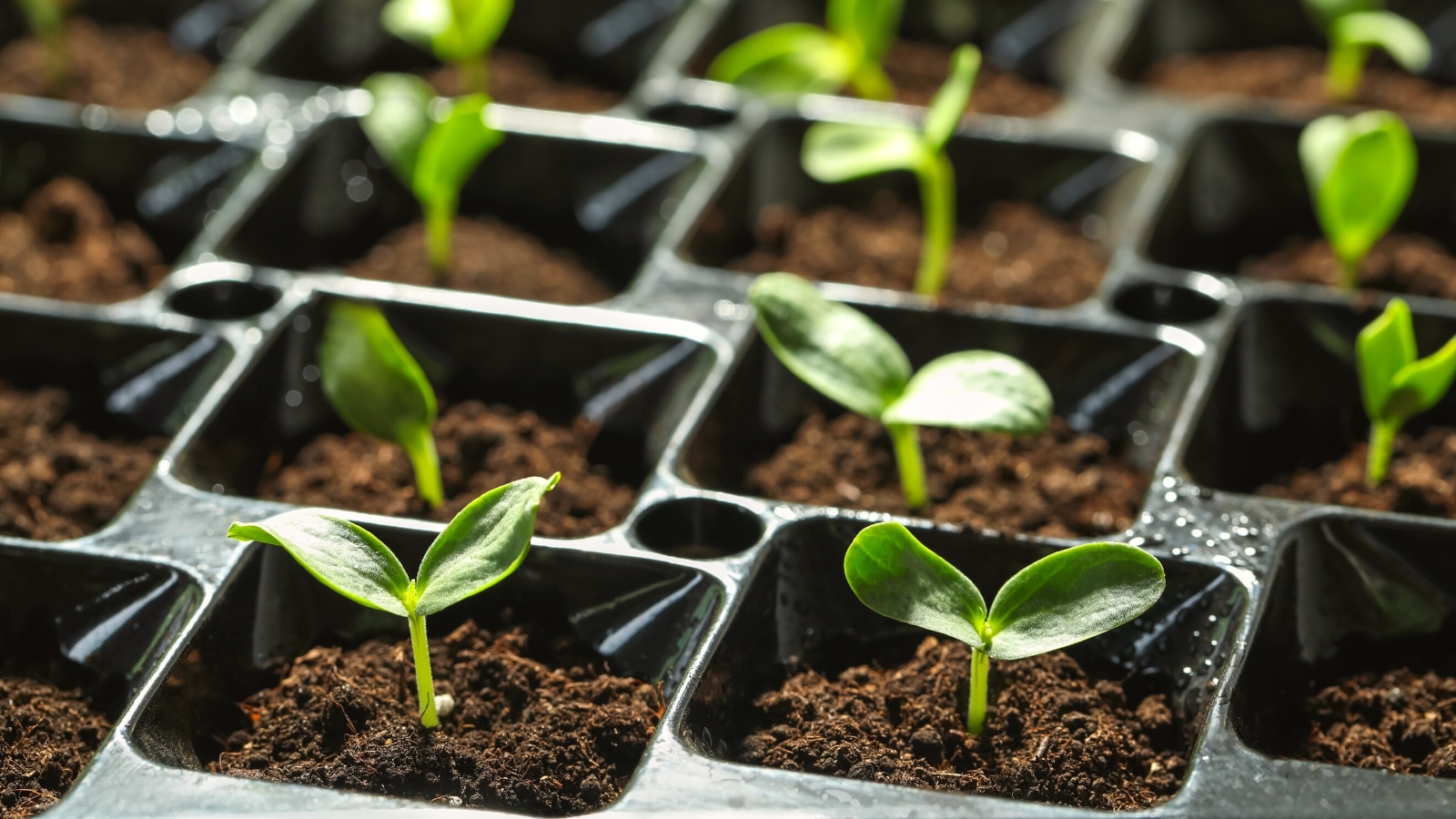
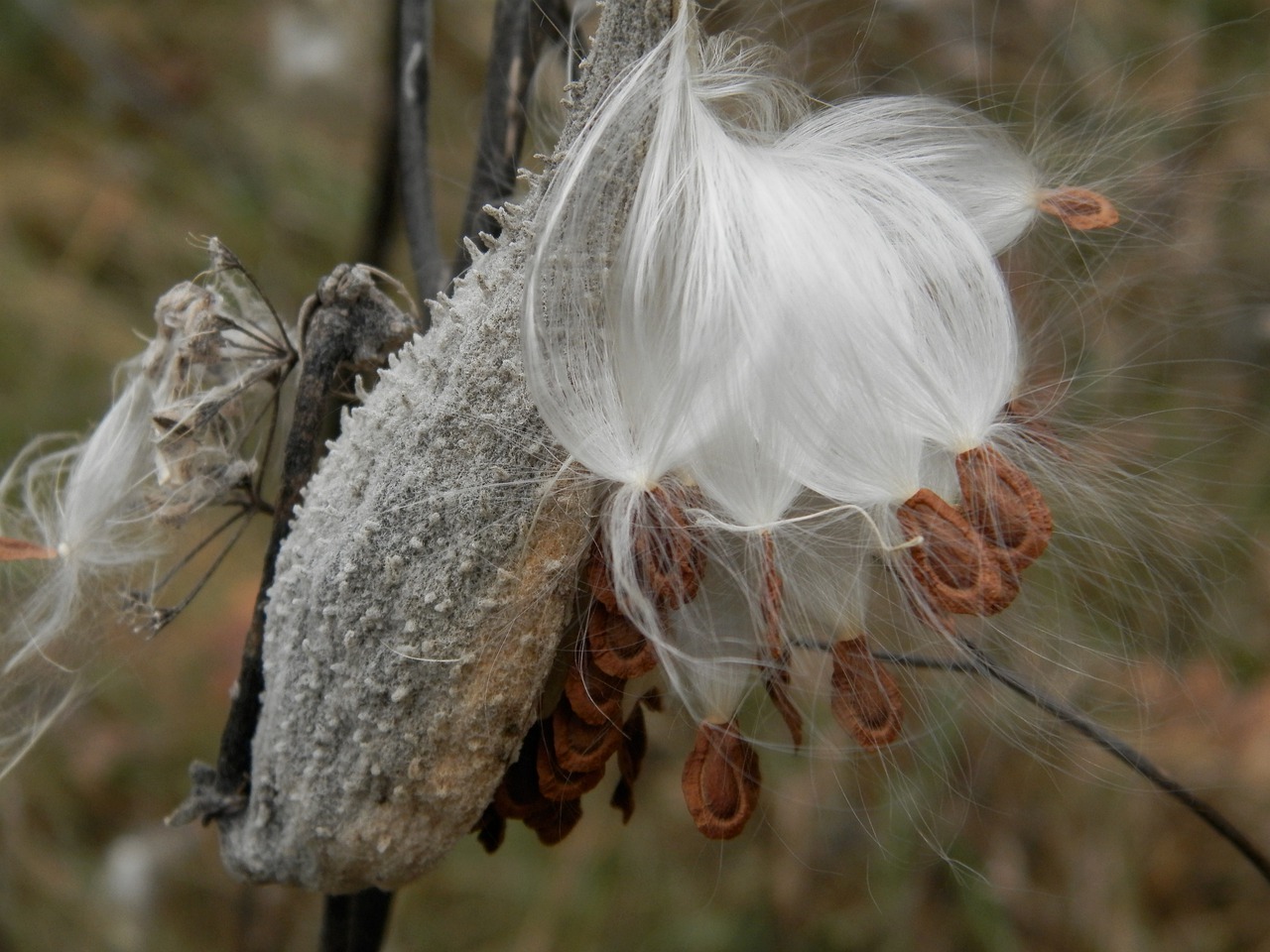
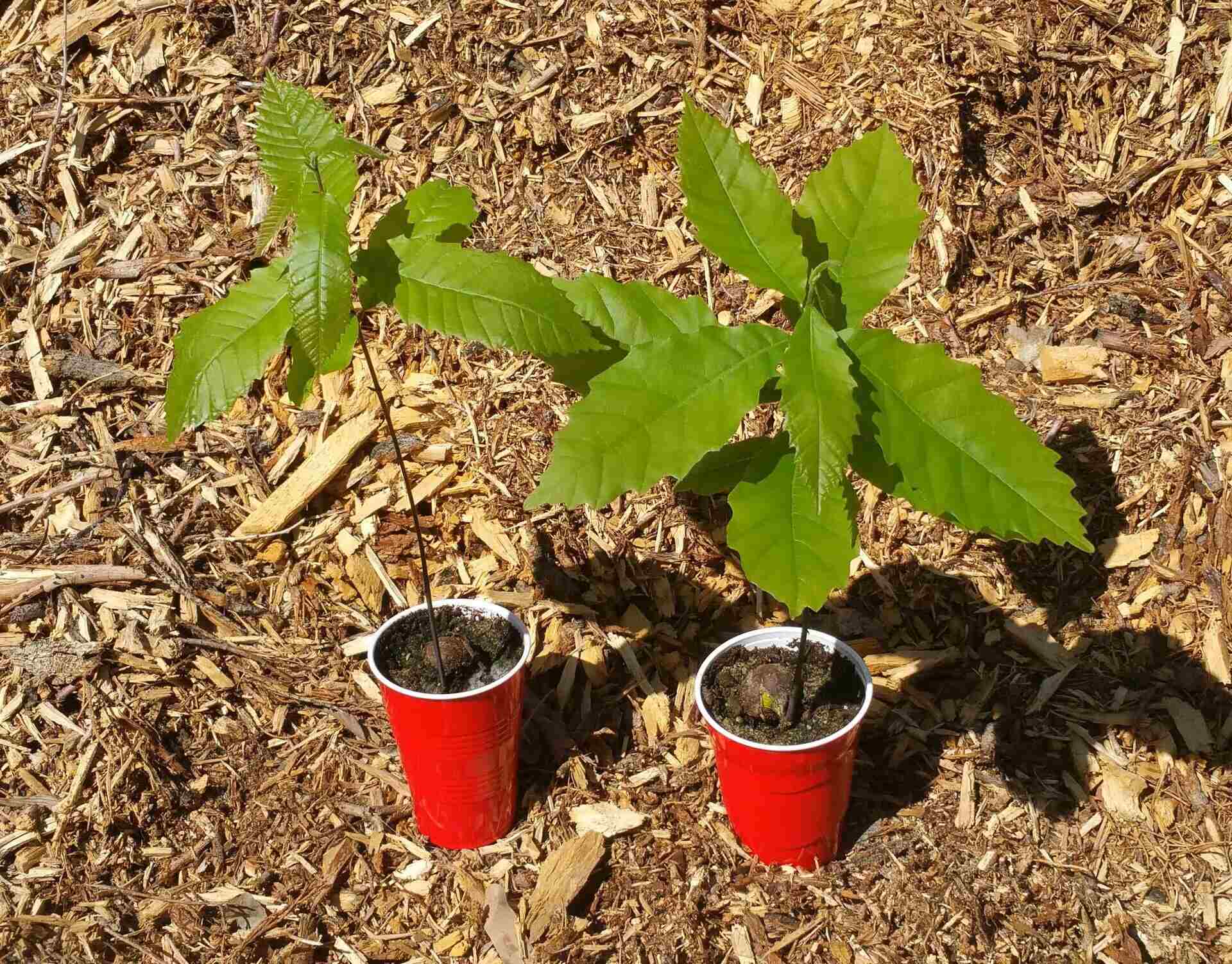
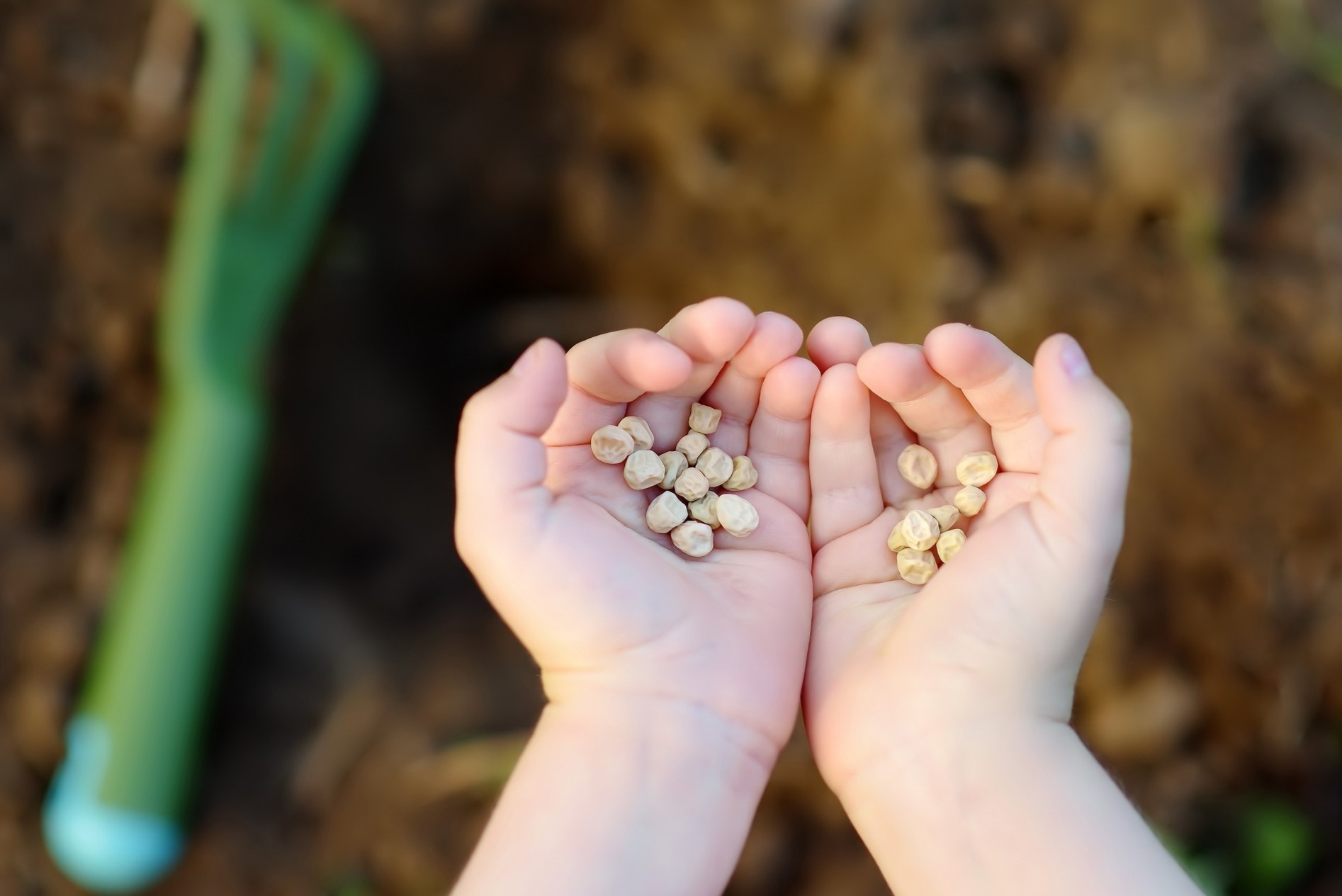
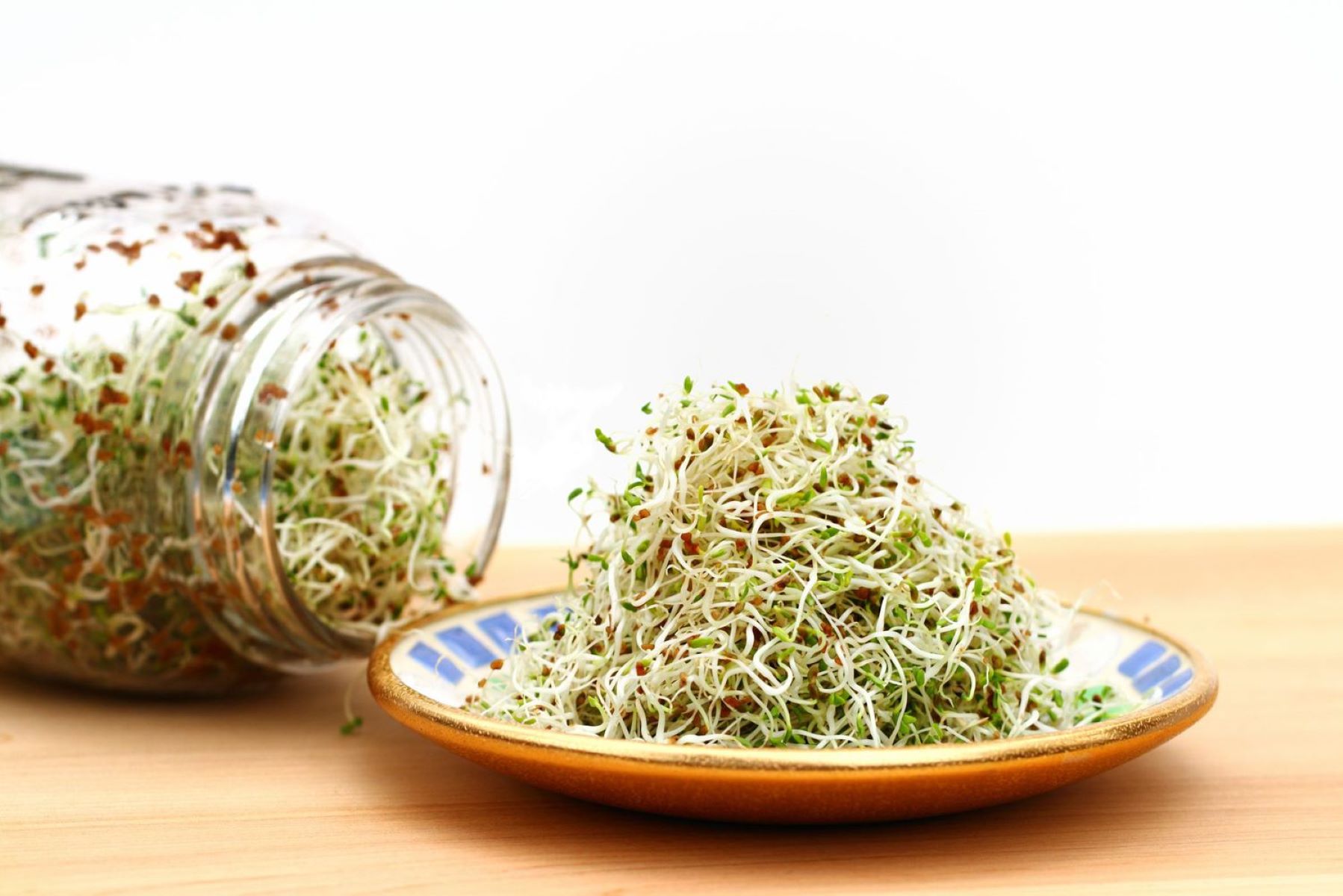
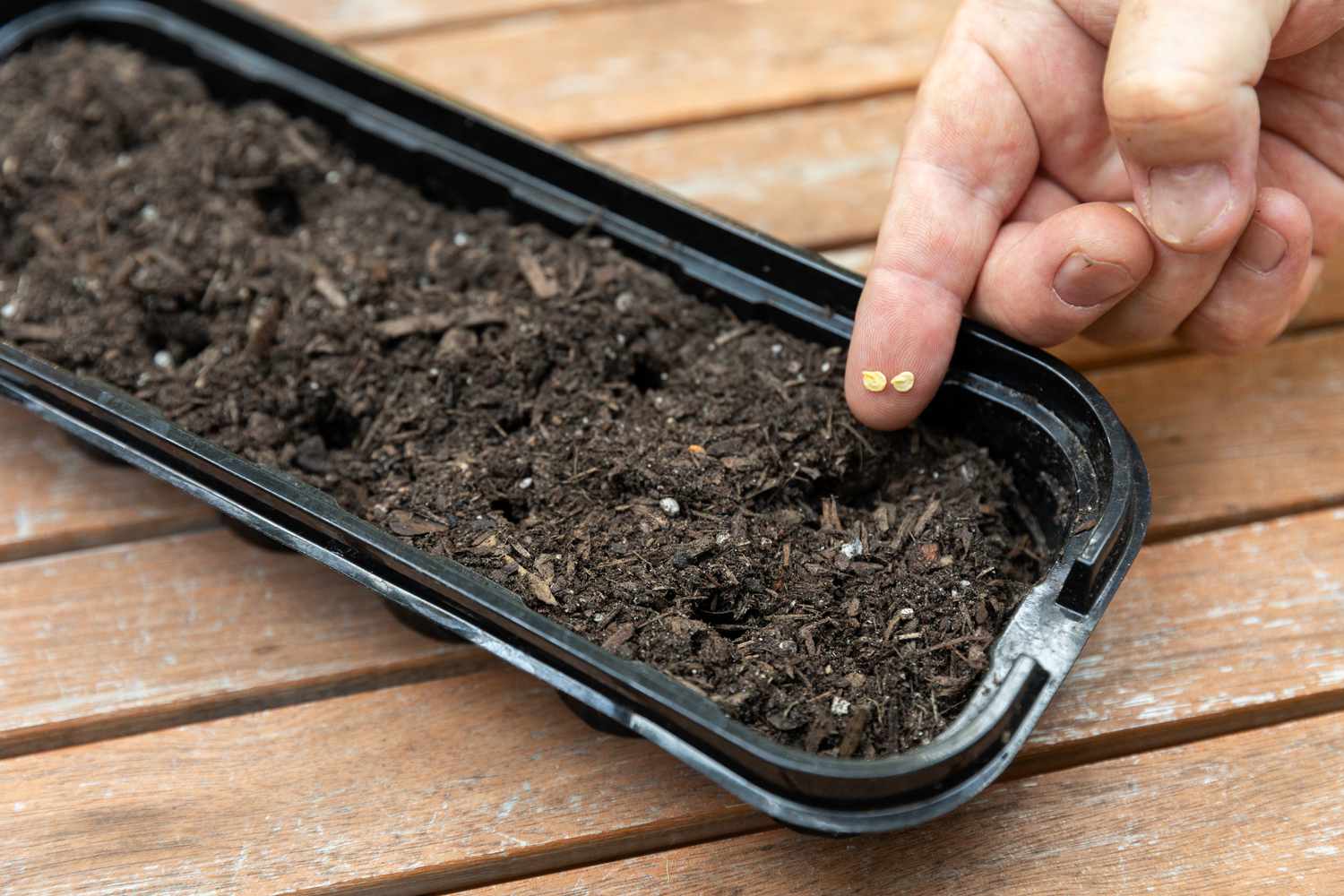
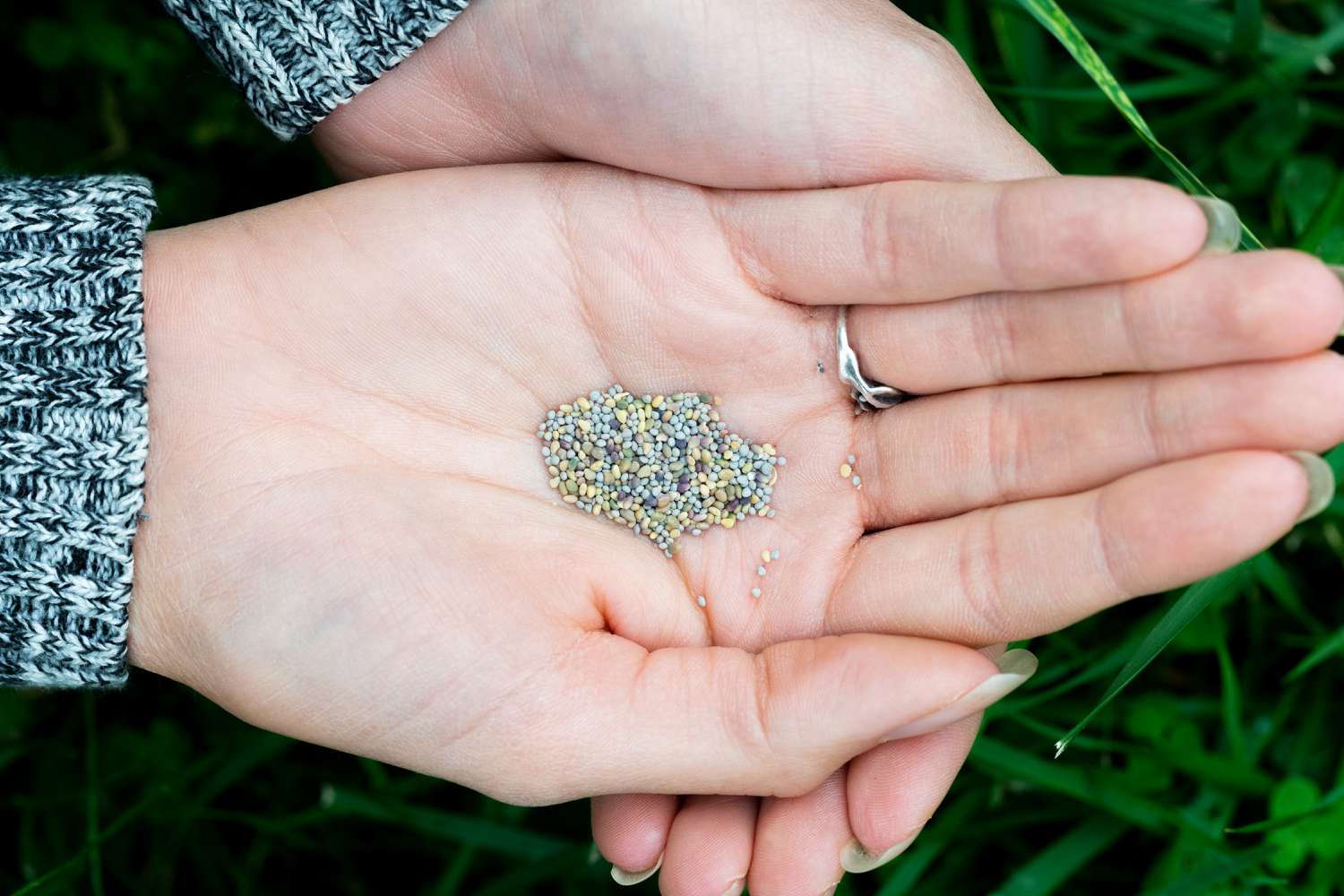
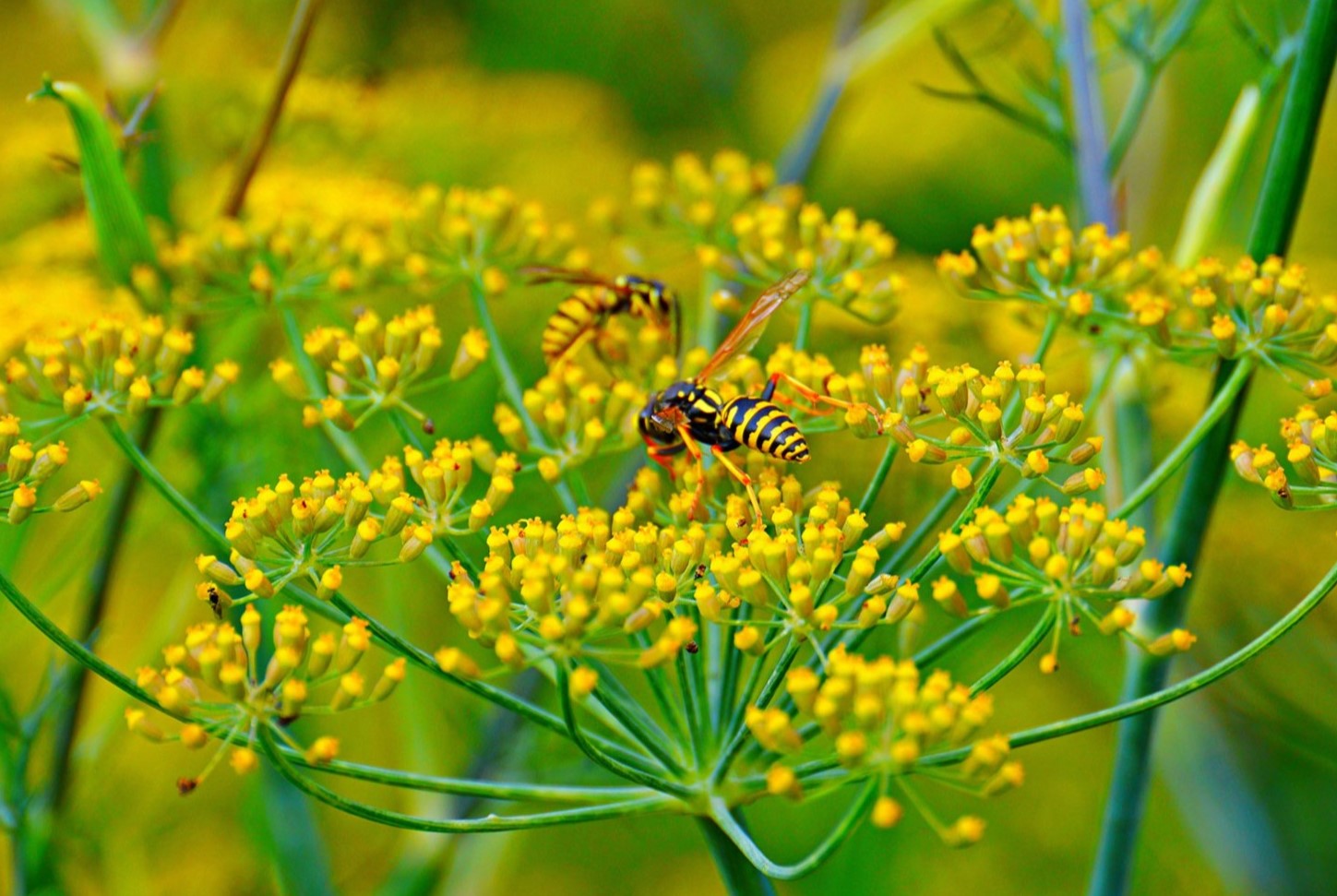
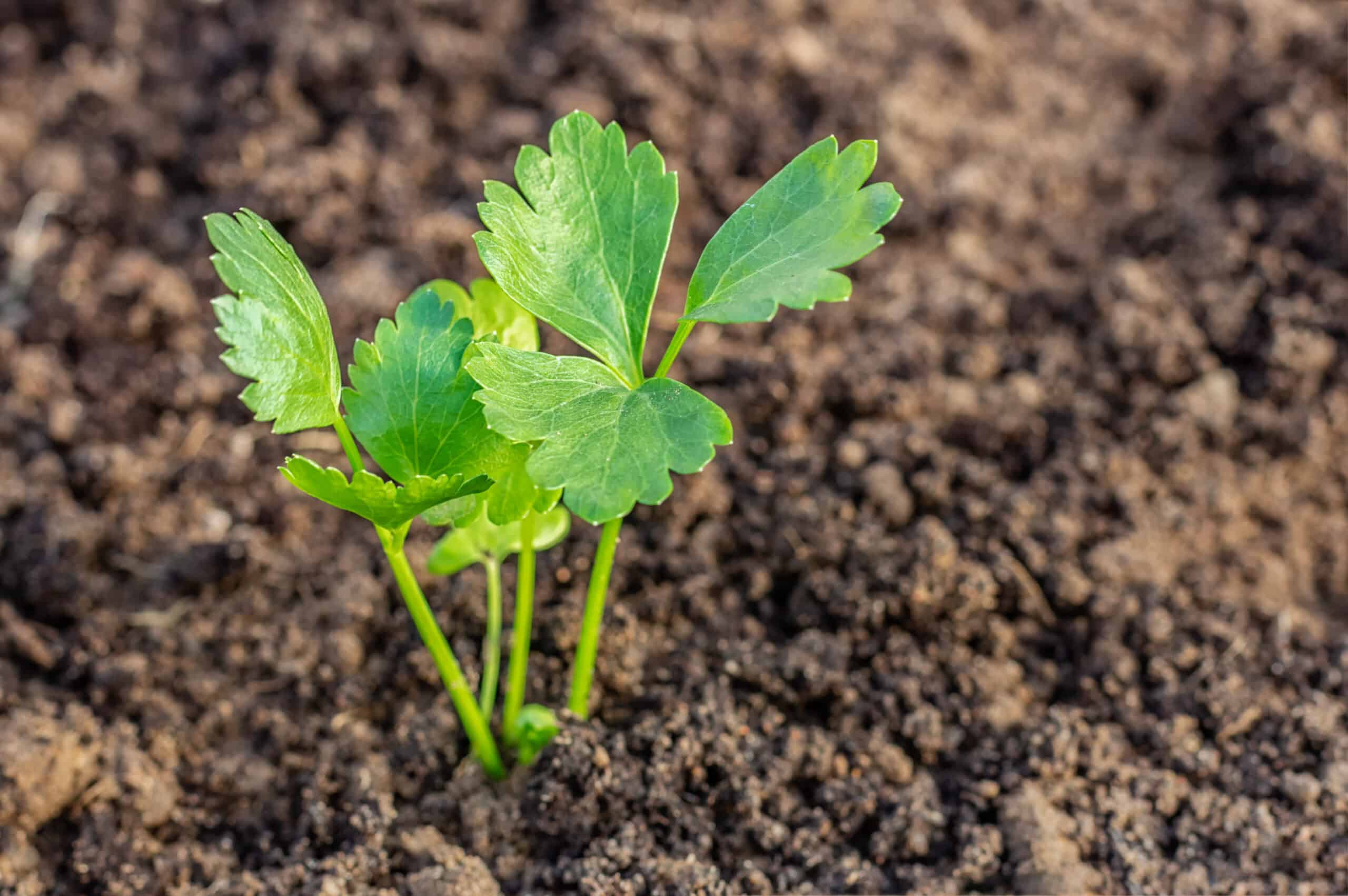
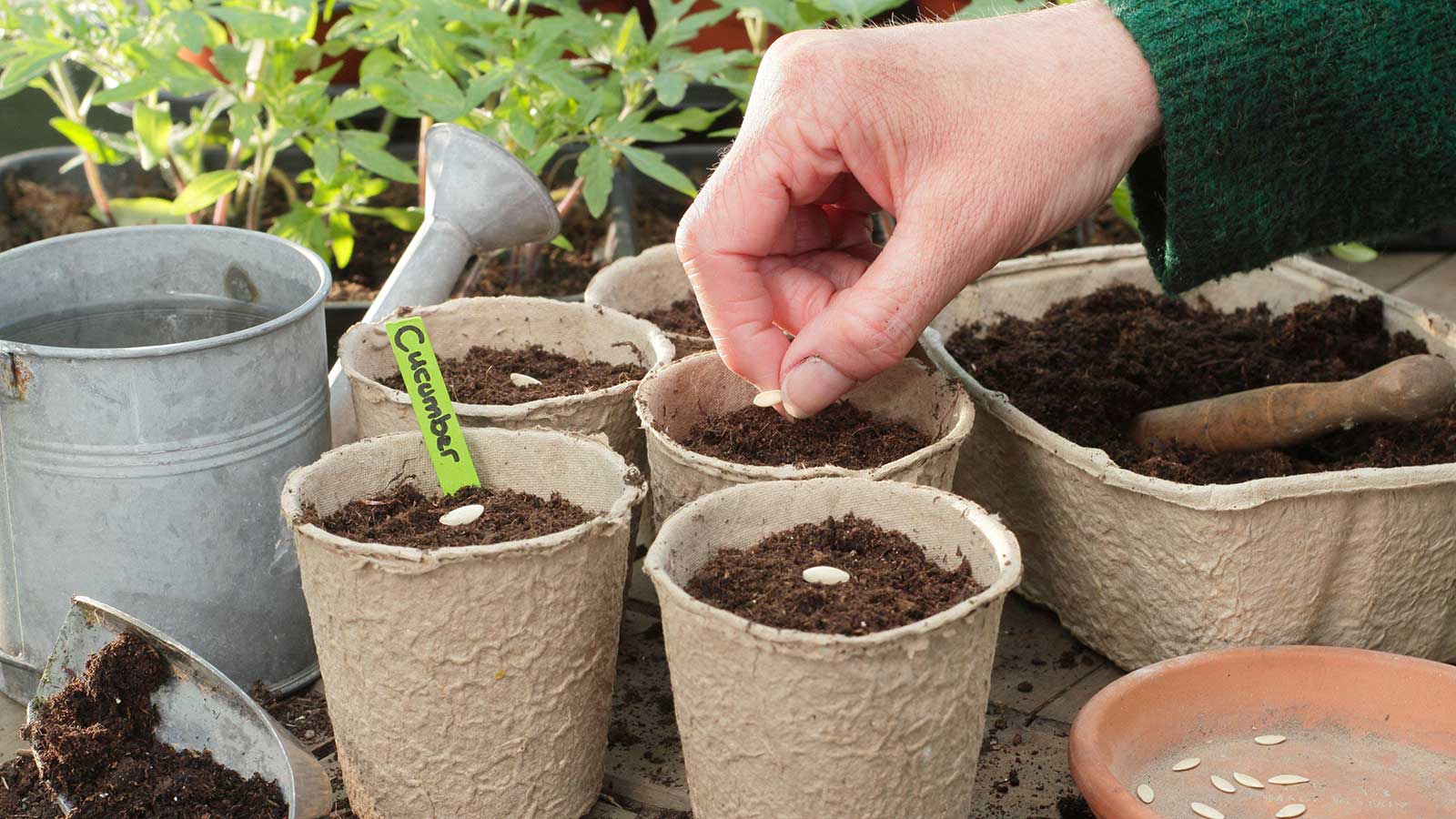

0 thoughts on “How To Plant Parsley Seeds”